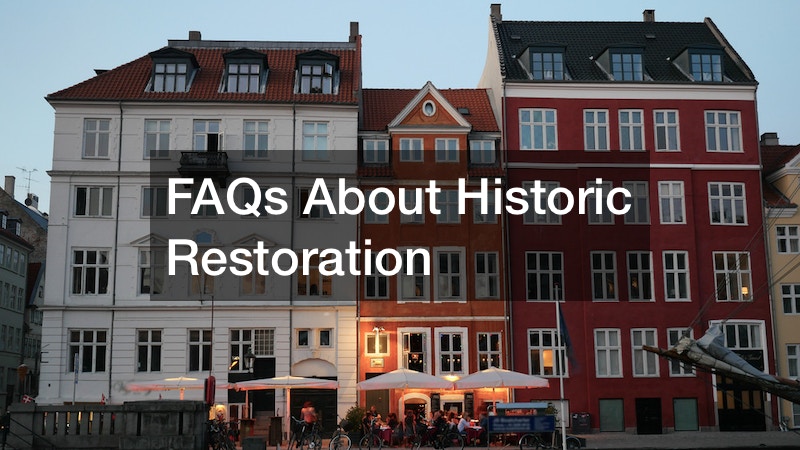Historic restoration is a meticulous process that aims to preserve and restore historical buildings, landmarks, or artifacts to their original glory. This type of restoration is the practice of repairing, renovating, and preserving historical structures or objects to maintain their historical significance and cultural value. It involves careful research, documentation, and adherence to historical accuracy in order to restore the structure or object to its original state or a specific period in history.
It’s crucial for preserving our cultural heritage and maintaining a connection to the past. It allows us to appreciate and learn from the architectural, artistic, and historical significance of these structures and artifacts. By restoring historical buildings and landmarks, we can revitalize communities, attract tourism, and contribute to the overall cultural identity of a region.
The process of historical restoration typically begins with thorough research and documentation, including studying historical records, photographs, and architectural drawings. Next, a detailed assessment is conducted to identify the restoration needs and develop a restoration plan.
Skilled craftsmen and experts in various fields, such as architecture, masonry, carpentry, and painting, work together to restore using traditional techniques and materials whenever possible. Finally, ongoing maintenance and periodic inspections are essential to ensure the continued preservation of the restored structure or object.
The duration of a historic restoration project varies. It can range from a few months to several years. The restoration process requires meticulous attention to detail and may involve unexpected challenges that need to be addressed.
.

